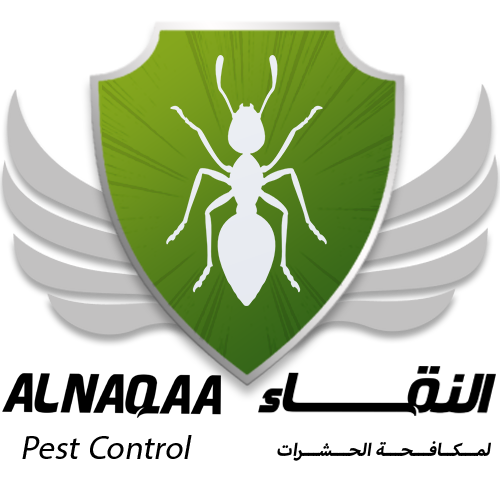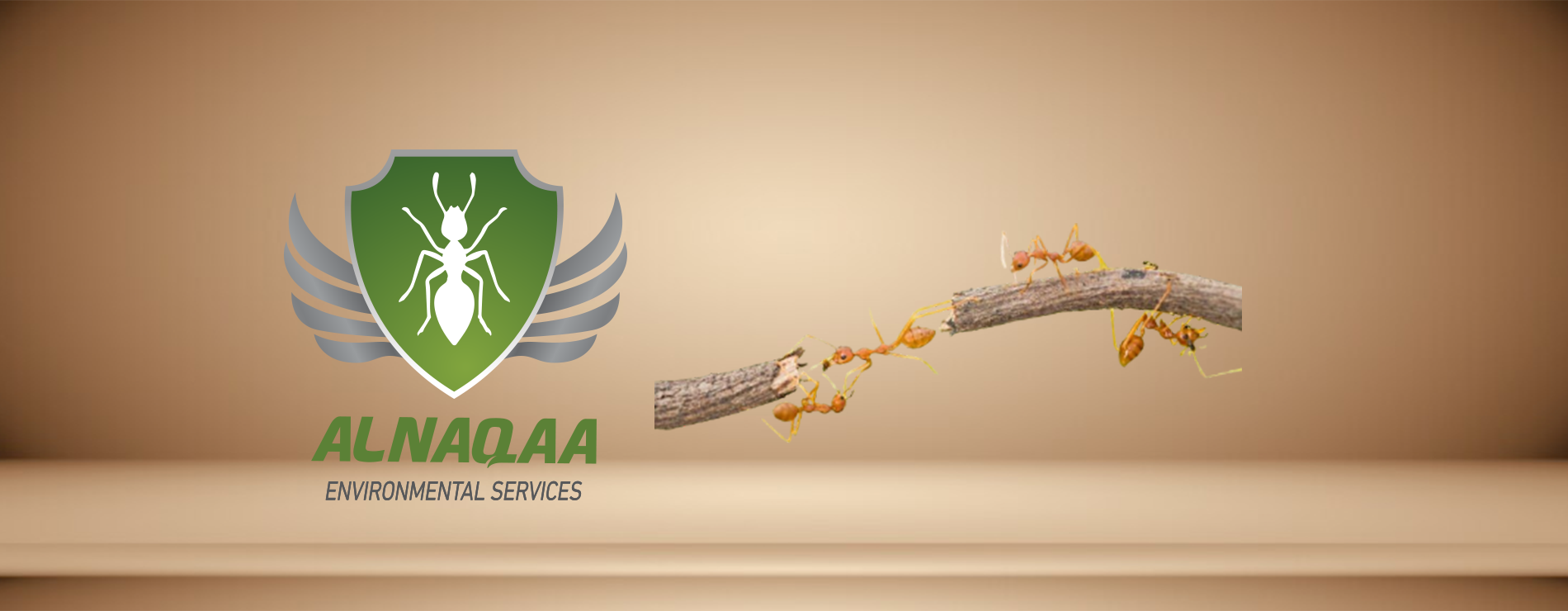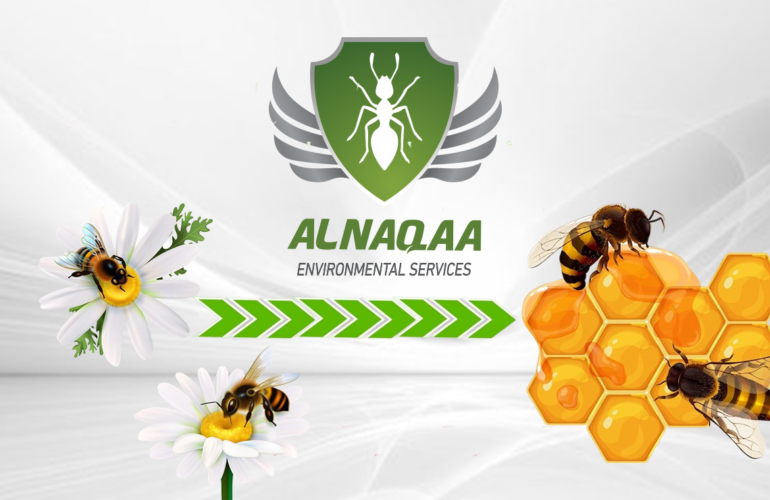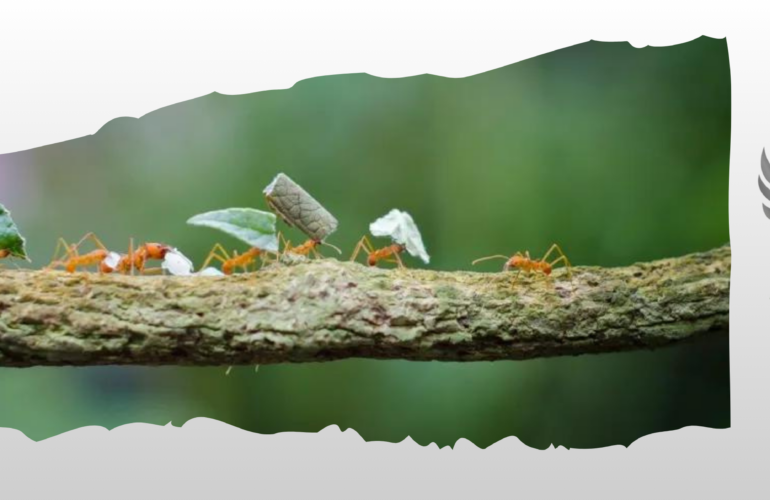Hive-Mind Behavior for Effective Pest Control
Pest control is an ongoing challenge faced by farmers, homeowners, and industries worldwide. With their remarkable hive-mind behavior, insects offer potential solutions for managing and controlling pest populations. Alnaqaa for environmental services and pest control, Ras Al-Khaima, United Arab Emirates explores how the principles of hive-mind behavior can be harnessed to develop innovative and effective strategies for pest control. By understanding how social insects coordinate their actions and make collective decisions, we can unlock new approaches that minimize harmful chemicals, optimize resource utilization, and enhance the sustainability of pest management practices.
I. Collective Detection and Monitoring: Ants and bees, which engage in hive-mind behavior, are well known for their collective detection and monitoring capacity. Through chemical signals (pheromones) or visual cues, they exchange information about resources, threats, and whereabouts. They can recognize environmental changes and react as a group thanks to their shared awareness.
In pest control, hive-mind-inspired collective detection and monitoring approaches can be used to locate and monitor pest populations.
To do this, a network of sensors, traps, or monitoring tools that replicate the chemical signals or visual cues employed by social insects must be deployed. Pheromone traps, for instance, attract and capture pests using synthetic versions of insect sex pheromones, enabling early identification and population monitoring. Professionals in pest management can acquire insights into insect behavior, population density, and infestation patterns by analyzing the data gathered from these monitoring devices, which enables them to create efficient control plans.
II. Decentralized Decision-Making and Adaptive Strategies: individuals exhibiting hive-mind behavior frequently display decentralized decision-making, in which individual individuals make decisions in accordance with simple rules and local knowledge. These choices, which the group as a whole makes, result in adaptive methods that maximize resource use and enable quick adaptation to changing conditions.
III. Pheromone-Based Pest Management: Pheromones are important for insect communication and help a colony’s members coordinate their actions. Pheromone-based pest management strategies use the chemical signals given off by insects to interfere with their mate-finding and communication cycles. Synthetic pheromones that disturb pest behavior can be created and released, which makes it possible to stop pest reproduction, hinder insect hunting, or impair pest navigation.
This strategy lessens the need for chemical insecticides by providing a focused and eco-friendly technique of pest management.
IV. Biocontrol and Insect Predators:
Even predatory insects that eat pests engage in social interactions with other species frequently. Researchers can create biocontrol methods that utilize pests’ natural enemies by developing a better grasp of the dynamics of these ecological interactions. Farmers can create a balance between pest populations and their natural predators, for instance, by promoting the presence of beneficial insects like ladybugs or parasitic wasps. This strategy encourages environmentally friendly pest control techniques while reducing the need for synthetic insecticides.
The use of hive-mind behavior in pest management opens up new possibilities for the efficient and long-lasting management of pest populations. Innovative approaches that reduce the use of hazardous chemicals, maximize resource use, and maintain ecological balance can be developed by taking inspiration from the cooperation, communication, and decision-making abilities observed in social insects. Adopting these strategies can result in more cost-effective and ecologically friendly pest management methods.
Here are a few instances of specific insect removal methods that make use of hive-mind behavior:
-Swarming traps: Swarm traps can be used to catch and eliminate swarming pests like honeybees or wasps. These devices were developed in response to the swarming behavior of bees. These traps are made to imitate the factors that draw swarms, such as a queen bee’s aroma or particular pheromones. Professionals in pest control can capture and relocate the entire colony by strategically deploying swarm traps in swarm-prone regions, reducing the need for chemical elimination.
-Pheromone traps: Pheromone traps draw and capture particular pest species using artificial pheromones. Pheromone traps, for example, can be used to track and manage the population of particular moths or beetles. These traps attract males, preventing them from mating with females and upsetting the reproductive cycle by imitating the sex pheromones generated by female pests. The use of broad-spectrum pesticides is reduced by the environmental friendliness and highly targeted nature of pheromone traps.
-Ant-Baiting Methods: Ants are social insects that engage in group foraging. This behavior is used by ant-baiting strategies to manage ant populations. In regions where ants are active, bait stations are deliberately positioned and carry a poisonous chemical disguised as food. The poison is thus successfully dispersed throughout the entire colony by the foraging ants when they return with the bait. As opposed to only treating individual ants, this method enables the extermination of the entire ant colony.
-Biological Control with Predatory Insects: Pest populations can be managed in an environmentally responsible way by introducing beneficial predatory insects. For instance, ladybugs (lady beetles), which are terrible pests in gardens and crops, are natural predators of aphids. When ladybugs are released into aphid-infested areas, they grow a population that consumes the aphids, which significantly lowers the aphid population. This method eliminates the need for chemical pesticides by making use of the natural predatory behavior of insects.
Insect control is essential in agriculture and gardens for the healthy conservation of crops and plants. Among the approaches taken in this area, the behavior of the collective mind can be applied as an effective tool for pest control. The idea of the collective mind is based on the interaction of living beings with each other to achieve a common goal, which can also be applied in pest control.
One notable example of the application of collective mental behavior in insect control programs is the use of vital pests. Biofauna includes the use of predatory, parasitic, fungi or bacteria that attack and kill naturally harmful insects, without the need for chemical pesticides. These organisms are raised and released in the target environment for sustainable and effective control of harmful insects.
In addition, the behavior of the collective mind can be applied to the regulation of early warning systems for harmful insects. This is done through the use of technology and the development of monitoring networks to detect the presence of harmful insects in different regions. Data are collected and analyzed, and information is shared between farmers and stakeholders, allowing for early and coordinated action to control harmful insects.
In addition, collective mental behavior can be used to promote awareness and education on pest control. Through the provision of information and training to farmers, gardeners, and the public at large, awareness of best practices and sustainable pest control techniques is promoted. Everyone can contribute to insect control efforts by implementing appropriate control strategies and participating in the application of collective mental behavior.
Finally, the application of collective mental behavior in insect control programs is an innovative and effective approach to controlling harmful insects in sustainable ways. This approach is based on cooperation and interaction among organisms and the use of modern techniques to promote plant health and reduce reliance on chemical pesticides. By adopting the behaviour of the collective mind, environmental balance can be promoted and natural resources conserved for present and future generations.
These instances demonstrate how hive-mind behavior research and application can result in novel and focused pest control strategies. These methods provide sustainable and eco-friendly alternatives to conventional pest management methods by making use of the coordination, communication, and decision-making abilities seen in social insects.
Al Naqaa for Environmental and Insect Control Services Company in Ras Al Khaimah, United Arab Emirates (UAE) aims to engage its customers in this scientific material prepared by a consultant specialist from the most prestigious universities.






